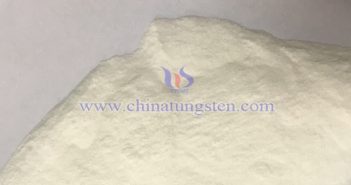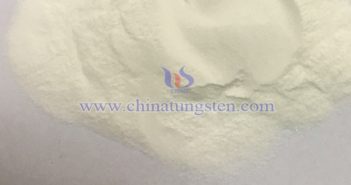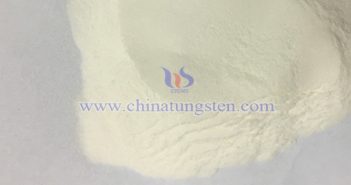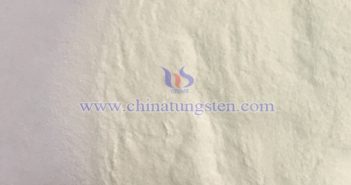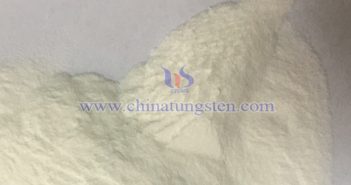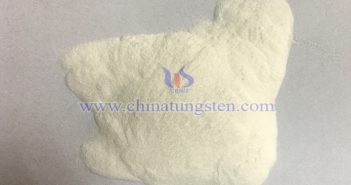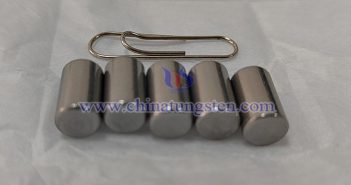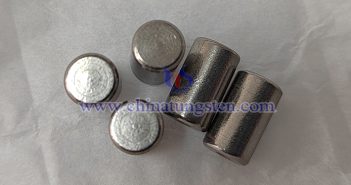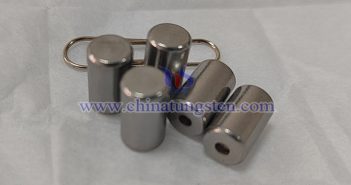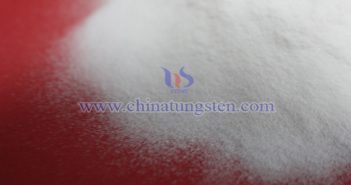
Ammonium metatungstate (AMT) and ammonium paratungstate (APT) are both important tungsten compounds, classified as ammonium salts of tungsten. They contain tungsten (W), nitrogen (N), hydrogen (H), and oxygen (O), and are commonly used in the preparation of downstream products such as tungsten trioxide and tungsten powder. However, they differ in chemical composition, physicochemical properties, production processes, and applications. 1. Differences in Chemical Composition and Molecular Structure The molecular formula of AMT is H??N?O??W??. In its molecular structure, tungsten atoms coordinate…

